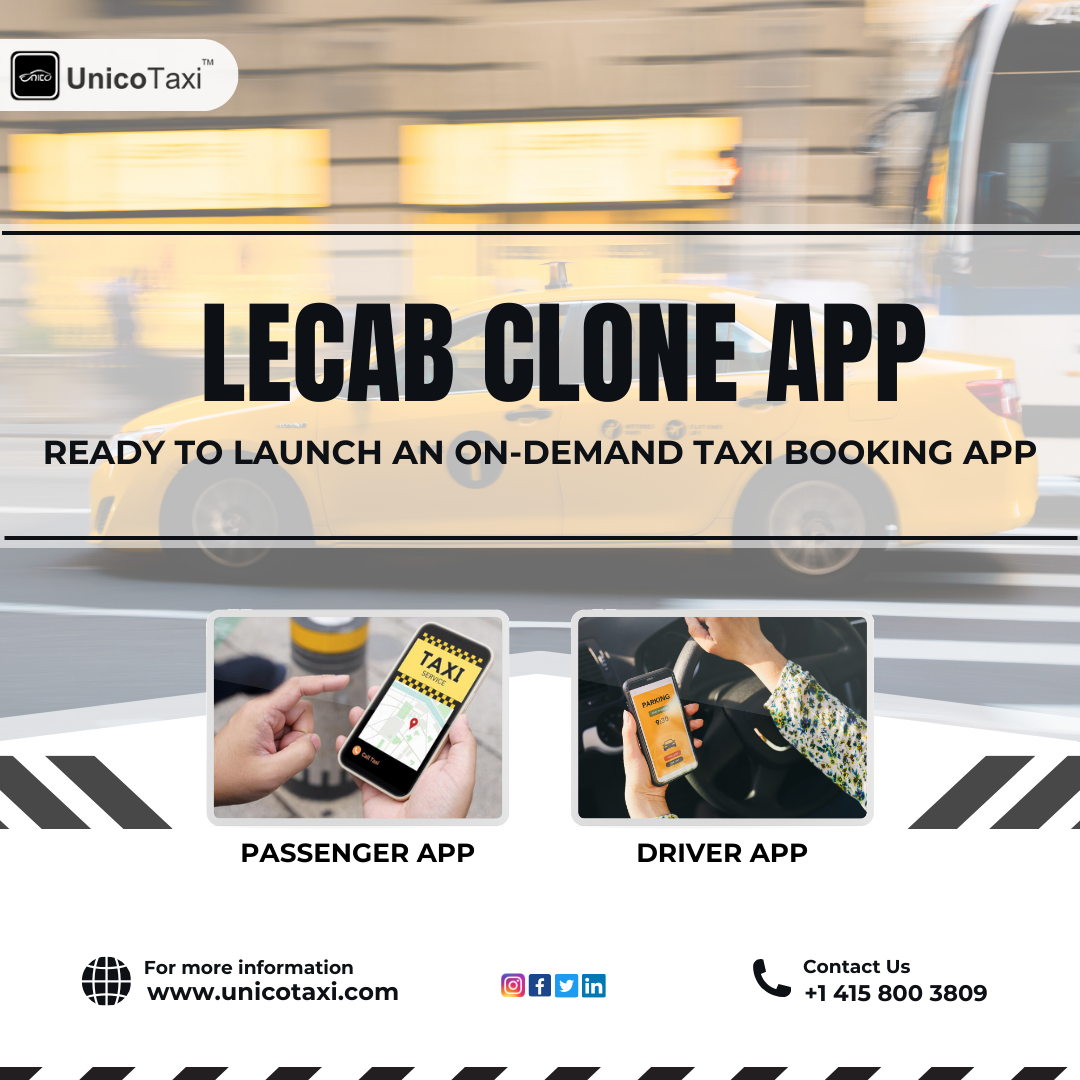
The Complete Guide to Develop Your Own Lyft Clone App
In the era of digital transformation, ride-sharing apps have revolutionized the way people commute, offering convenience and flexibility like never before. Lyft, one of the pioneers in this industry, has set a benchmark with its innovative approach to transportation. If you’re inspired by Lyft’s success and are looking to develop a similar app, you’re in the right place. This guide will walk you through the essential steps and considerations for creating your own Lyft clone app.
Understanding the Basics
Before diving into development, it’s crucial to understand the core features and functionality of a ride-sharing app like Lyft:
- User Registration and Authentication: Users should be able to register easily using their email or social media accounts and verify their identity.
- Ride Booking: A seamless interface for users to book rides, including options to set pickup and drop-off locations, select vehicle types, and view fare estimates.
- Driver Matching: An algorithm that matches drivers with nearby ride requests based on factors like location, availability, and user preferences.
- Real-Time Tracking: Users should track their ride in real-time on a map, including estimated time of arrival (ETA) and driver details.
- Payment Integration: Secure and convenient payment options, including credit/debit cards, digital wallets, and integration with payment gateways.
- Reviews and Ratings: Feedback system for users to rate drivers and provide reviews after each ride.
Step-by-Step Guide to Develop Your Lyft Clone App
1. Market Research and Planning
Begin by conducting thorough market research to understand your target audience, competitors, and market trends. Identify unique selling points (USPs) that will differentiate your app from existing ones. Plan your app’s features, tech stack, and monetization strategy (e.g., commission per ride, subscriptions, ads).
2. Choose the Right Tech Stack
Selecting the appropriate technology stack is crucial for the performance and scalability of your app. Consider using:
- Backend: Node.js, Python (Django), or Ruby on Rails for server-side logic.
- Frontend: React Native or Flutter for cross-platform mobile development.
- Database: PostgreSQL or MongoDB for data storage.
- Cloud Services: AWS, Google Cloud Platform, or Azure for hosting and scalability.
3. Design User Interfaces (UI/UX)
Create intuitive and user-friendly interfaces for both riders and drivers. Focus on a minimalist design with clear navigation, interactive maps, and accessibility features. Conduct usability testing to refine the app’s UI/UX based on user feedback.
4. Develop Core Features
Start with building essential features such as user registration, ride booking, driver matching, and real-time tracking. Implement robust algorithms for location-based services, route optimization, and payment processing. Ensure seamless communication between users, drivers, and your backend server.
5. Implement Security Measures
Prioritize data security and privacy by implementing SSL/TLS encryption for data transmission, secure storage of user information, and compliance with data protection regulations (e.g., GDPR). Conduct regular security audits and updates to mitigate potential vulnerabilities.
6. Integrate Payment Gateways
Partner with reliable payment gateways (e.g., Stripe, PayPal) to facilitate secure and hassle-free transactions. Implement features like in-app wallets, split payments, and automatic fare calculation based on distance and time.
7. Test, Test, and Test
Perform rigorous testing to ensure your Lyft clone app functions seamlessly across different devices and operating systems. Conduct unit testing, integration testing, and user acceptance testing (UAT) to identify and fix bugs, performance issues, and usability concerns.
8. Launch and Market Your App
Once testing is complete and you’ve obtained necessary approvals (e.g., app store submissions), launch your Lyft clone app on platforms like Google Play Store and Apple App Store. Develop a comprehensive marketing strategy to attract users, including social media campaigns, app store optimization (ASO), and partnerships with influencers.
9. Monitor Performance and Gather Feedback
Monitor key performance metrics such as app downloads, active users, retention rates, and revenue generation. Gather user feedback through reviews, surveys, and analytics tools to continuously improve your app’s features and user experience.
Conclusion
Developing a Lyft clone app requires careful planning, technical expertise, and a deep understanding of user expectations. By following this comprehensive guide and leveraging modern technologies, you can create a robust ride-sharing platform that delivers convenience, reliability, and safety to users worldwide. Embrace innovation, prioritize user satisfaction, and stay adaptable to evolving market trends to ensure long-term success in the competitive app industry.
Ready to embark on your journey to create the next Lyft? Start planning, coding, and iterating today to bring your vision to life!